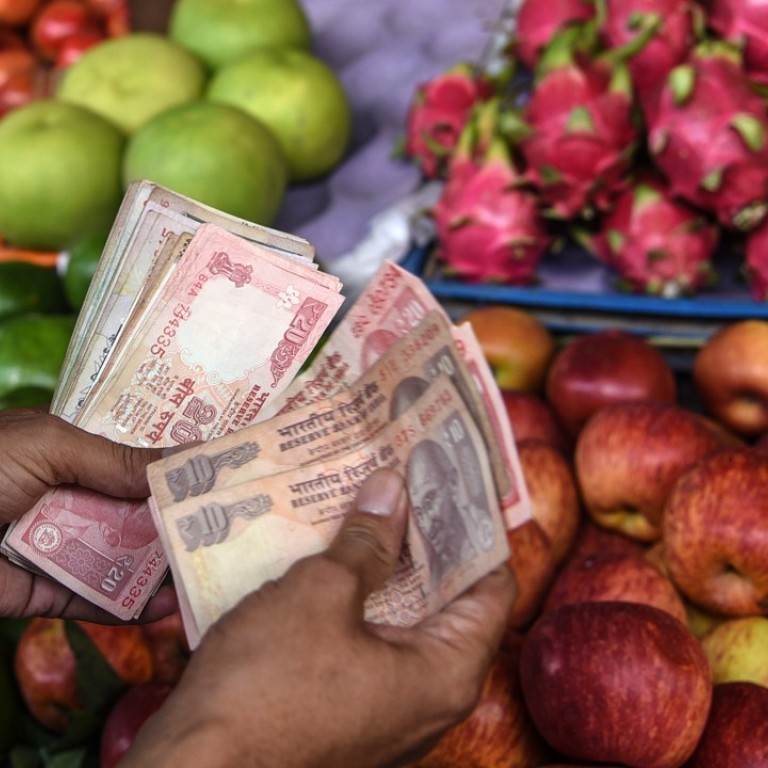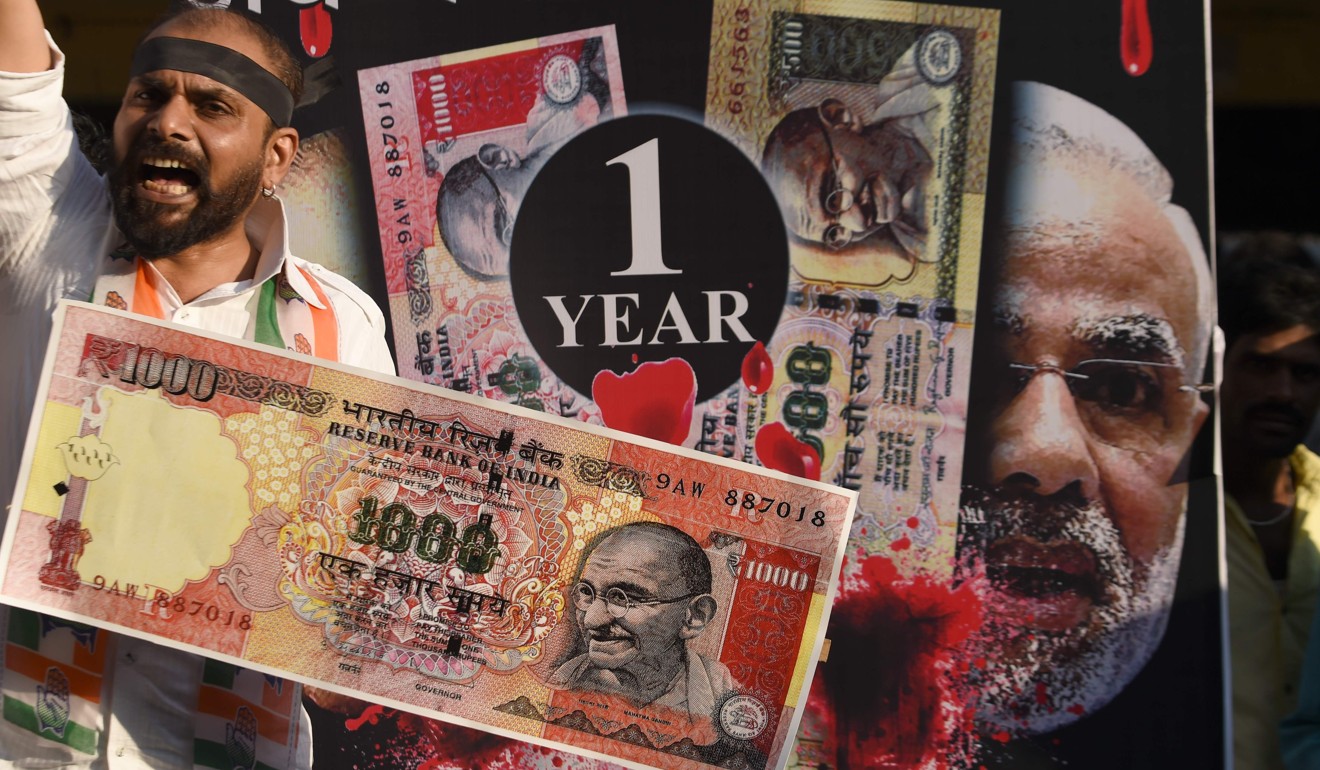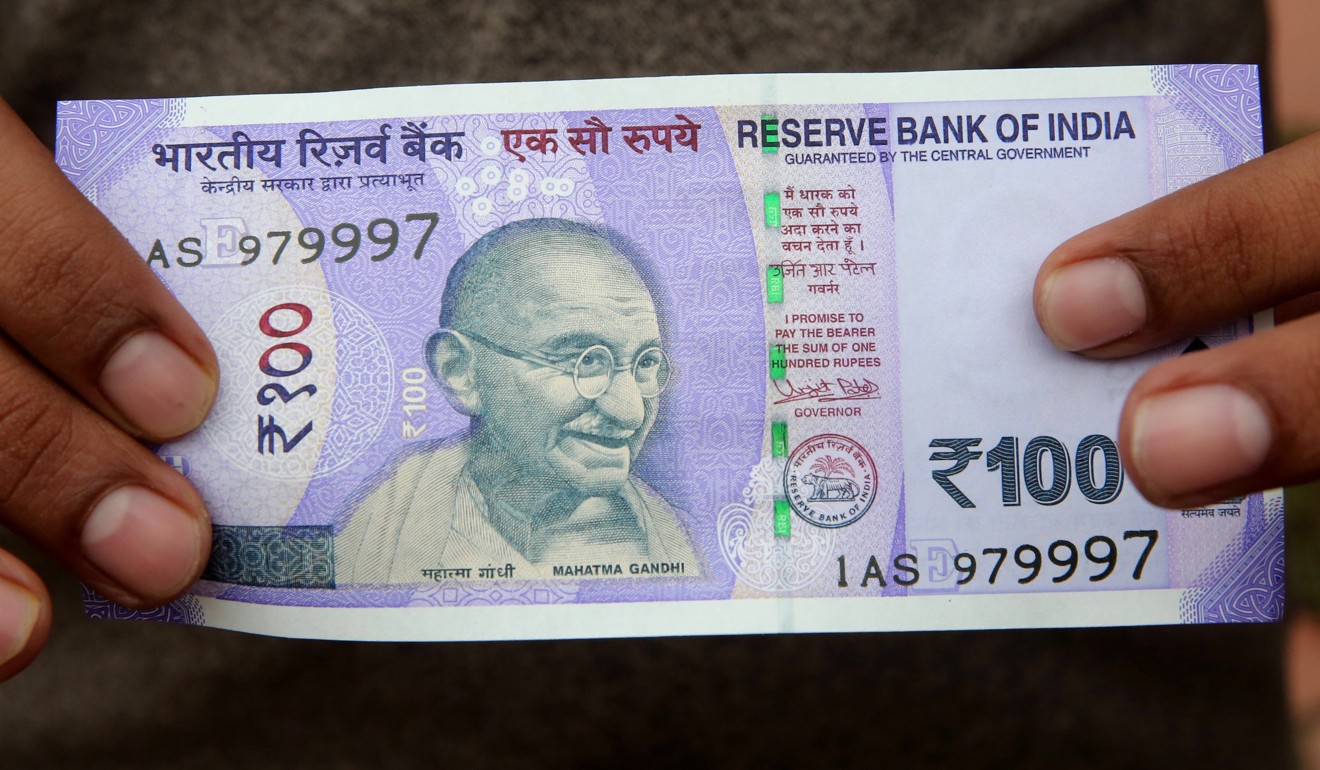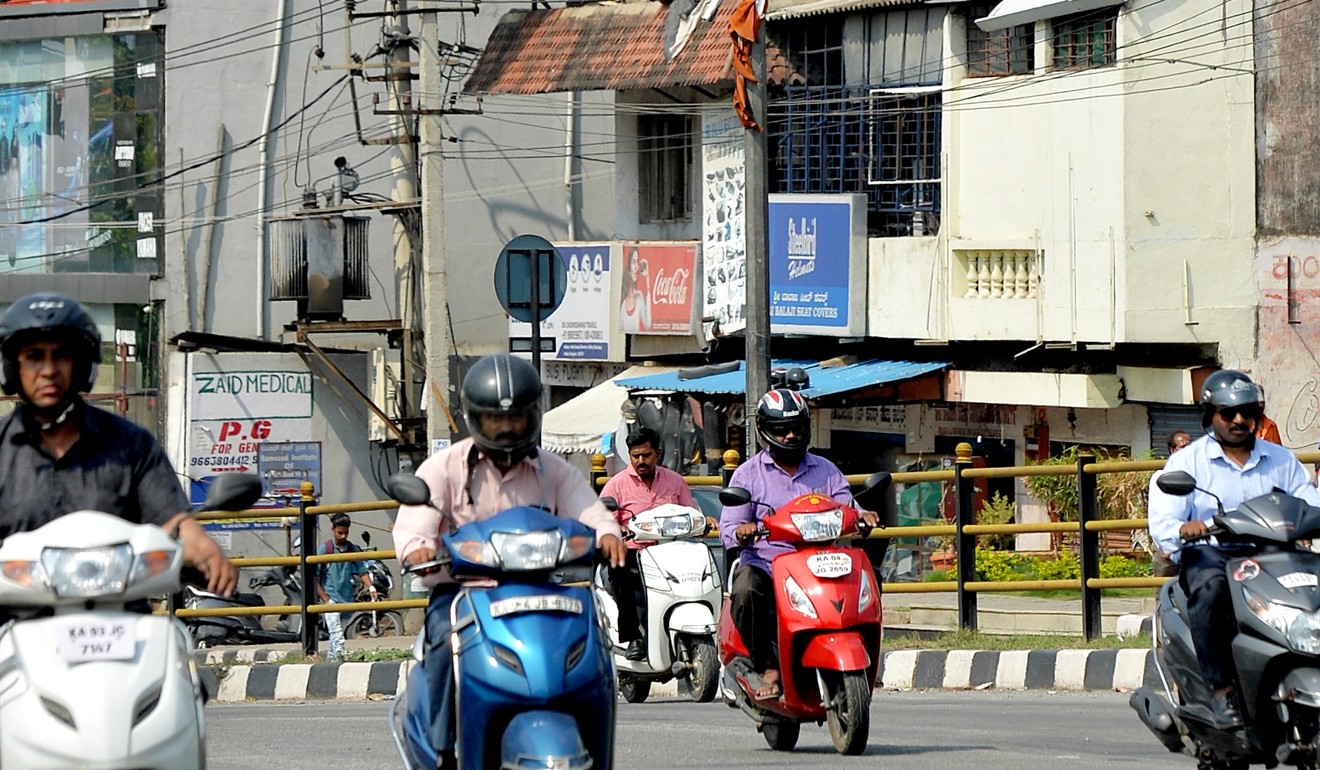
Rupee is Asia’s worst performing currency ... but is that so bleak for India?
If there is a crisis in emerging economies, nobody told Delhi – besides, its falling rupee may be a boon for export-oriented tech and pharmaceutical firms
On the last day of August, the Indian government released upbeat gross domestic product (GDP) numbers for the June quarter – 8.2 per cent growth over a year earlier. Since then, though, the news has only been bad. The stock market has fallen every day since, while the rupee has continued its fall, cementing its position as the worst performing Asian currency this year, with a cumulative fall of 12.5 per cent.
The nervousness in the markets, reflecting a broader global bearishness about emerging economies triggered by events in Argentina and Turkey, contrasts with a noticeably more optimistic business mood within the country. This has followed an improved micro story, signalling a revival after a two-year growth slump. Quarterly corporate results for June have been the best in two years, and previously laggard sectors like manufacturing and construction have logged a recovery amid long-awaited signs of a revival in investment.

The key question for the coming months is whether rapid growth is sustainable in the face of the headwinds blowing globally, and which are pushing India’s other macroeconomic numbers off balance. When there are contrasting moods on the micro and macro fronts, usually it is the macro story that prevails. The surge in oil prices, by about 50 per cent in the past year to US$77 per barrel, has caused a sharp uptick in the current account deficit to 2.6 per cent of GDP, while higher pump prices and the falling rupee have sent inflation up to 5 per cent – above the monetary authority’s target rate of 4 per cent, but within the upper bound of 6 per cent.

The price surge prompted the Reserve Bank of India to jack up policy interest rates in June and again in August, by 25 basis points each time to hit 6.5 per cent, with near-universal expectations of a third increase in October and possibly a fourth in December. This is widely expected to slow consumer purchases in the coming festival season. Growth therefore may come off the boil, though most observers expect it to be better than the 7.1 per cent achieved in the year to March 2018.
China won’t shoot itself in the foot by weaponising the yuan
History advises caution. Virtually every surge in global oil prices over the past four decades has sent India’s economy, which imports most of its oil and gas (and, increasingly, coal too), into a tailspin: in the oil shocks of 1979, 1991 and 2013 (the exception was 2008). On the first two occasions, the country had to borrow from the International Monetary Fund, while in 2013 it was reckoned as one of the “Fragile Five” economies after the rupee tumbled more than 20 per cent in the space of three months. On the only occasion when the economy coped with record oil prices that crossed US$135 in 2008, strong capital inflows helped counter the increase in the current account deficit.

This time, though, capital flow has been the other way. While foreign direct investment has continued to come in, and outflows of portfolio money from the equity market have been marginal so far this year, debt outflows have crossed US$7 billion. The Reserve Bank’s foreign exchange reserves have dipped in the last four months by about US$25 billion, to US$401 billion. That is still a comfortable level, but for the first time in many years, the reserves are expected to fall during the year because of a balance of payment deficit.
Why a falling yuan raises economic jitters in Australia
The saving grace this time around is that oil prices have not climbed as much as in the past, making the task for the managers of the Indian economy less daunting. The key figure for international investors is the current account deficit. India’s is less than half that of Turkey and Argentina (both well over 5 per cent of GDP), and lower than for India in 2013 when the figure had touched 4.9 per cent in the June quarter.
A sharp clampdown to control that deficit caused the economic growth rate to plunge. That is unlikely to be today’s scenario.

The worry point today has to be that the country’s non-oil merchandise exports have been relatively flat for some years, while imports have grown. In part, that has been because a costly rupee, driven up by strong capital inflows, has tended to price out exporters. For that reason, and also because other emerging market currencies have fallen, the latest fall in the rupee is seen by many as a positive development. The share prices of export-oriented firms in the tech and pharmaceutical sectors reflect such an optimistic outlook, which in turn could mean that economic growth continues to chug along at more than 7 per cent. ■
T N Ninan is a former editor of The Economic Times and of Business Standard, and is currently chairman of Business Standard Pvt Ltd

